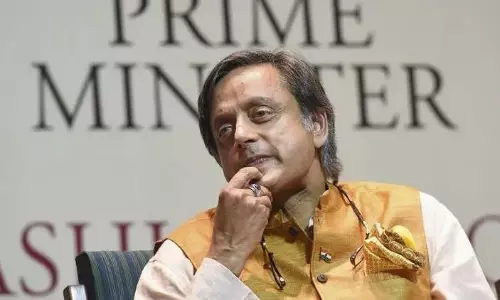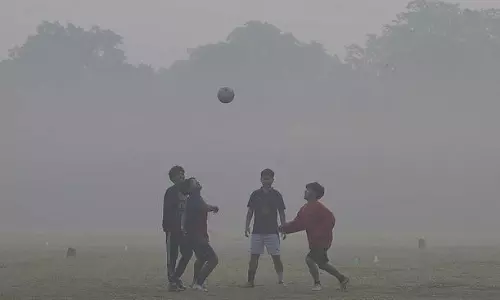
After public outcry, Bhopal’s viral 90° over-bridge set for safer makeover
text_fieldsBhopal: The railway overbridge at Bhopal’s Aishbagh area, notorious for its sharp 90-degree turn and a frequent target of online mockery, is set to undergo a redesign following widespread safety concerns and national ridicule on social media. Public Works Department (PWD) sources confirmed that the structure will be reengineered in collaboration with the Indian Railways, with an official announcement expected soon.
Though the bridge is not considered structurally unsound, its abrupt turning radius has raised serious safety issues, prompting authorities to initiate modifications. Located in a congested part of the city, the bridge was originally built to ease rail-crossing delays and urban traffic, but its awkward geometry has drawn criticism from motorists and safety experts alike. Drivers report confusion and discomfort when navigating the curve, while experts warn of heightened accident risks, especially during poor visibility or high speeds.
The railway department has approved the redesign, which will include expanding the bridge’s width by three feet. As part of the revamped plan, the existing footpath will be removed, and the central divider dismantled to create a safer turning radius and improve alignment for smoother vehicular flow. The redesign will retain the current structure but correct its geometry to enhance road safety.
PWD Minister Rakesh Singh has ordered an official investigation by the National Highways Authority of India (NHAI) into the bridge’s flawed design. According to the agency’s report, vehicles should maintain a speed limit of 35 to 40 km per hour while crossing, cautioning that higher speeds could lead to accidents due to the absence of standard road banking or curvature.
In addition to the redesign, accountability is being sought for those responsible for the original layout, which reportedly ignored fundamental traffic engineering principles, such as sufficient turning radius, proper signage, and visibility standards.
The Aishbagh bridge case underscores the broader challenge of infrastructure development in space-constrained urban areas, where design compromises can endanger public safety. Authorities now aim to prioritise engineering integrity and user safety over hurried construction, as public scrutiny drives long-overdue corrective action.
With IANS inputs












